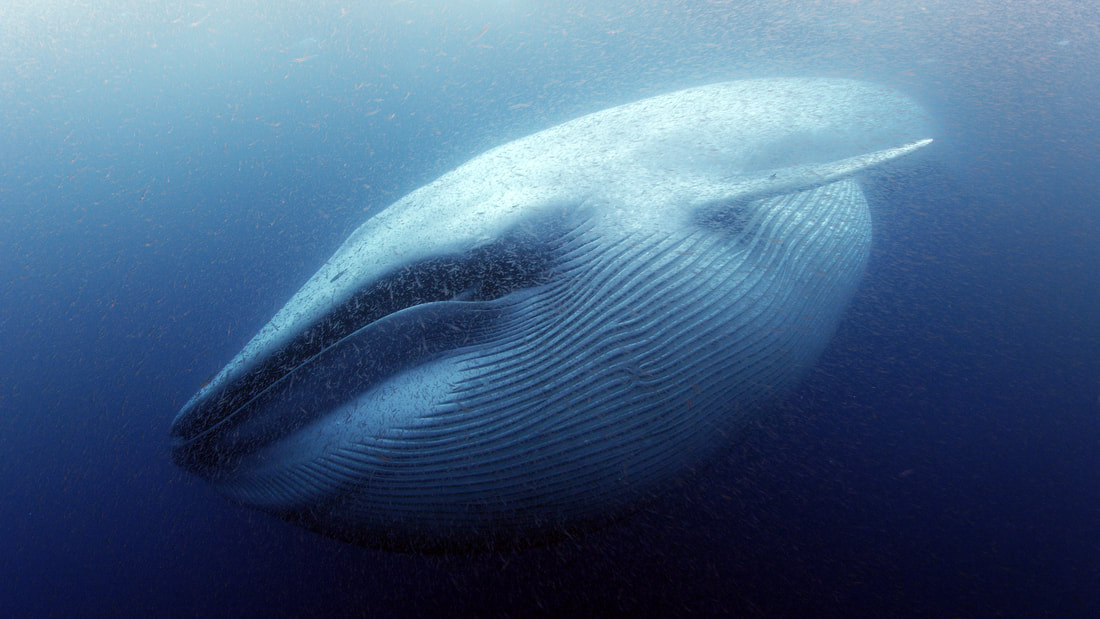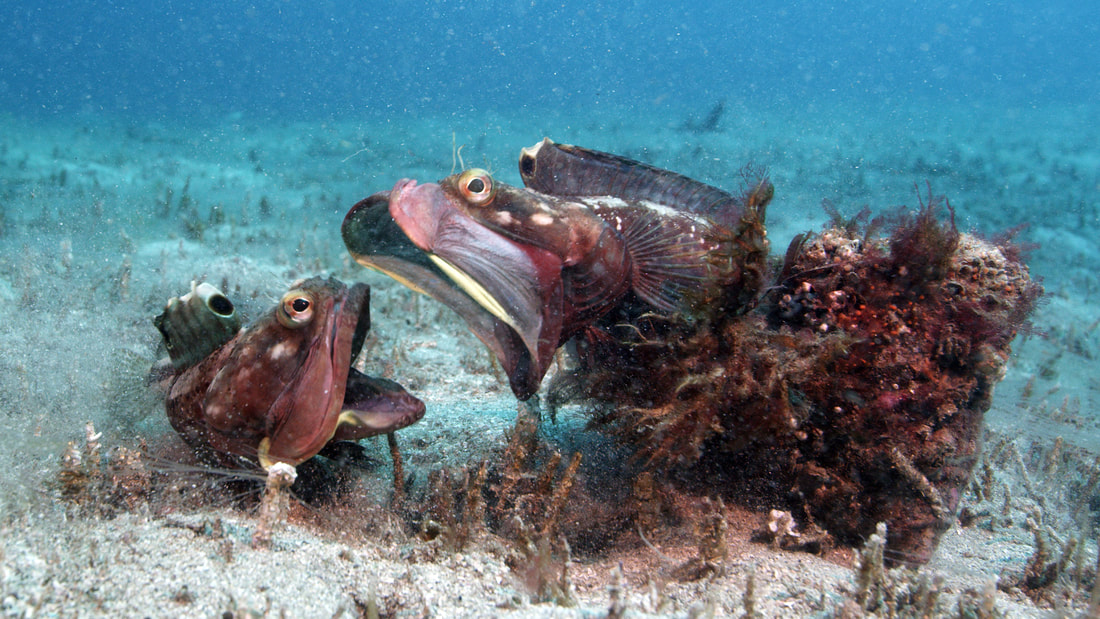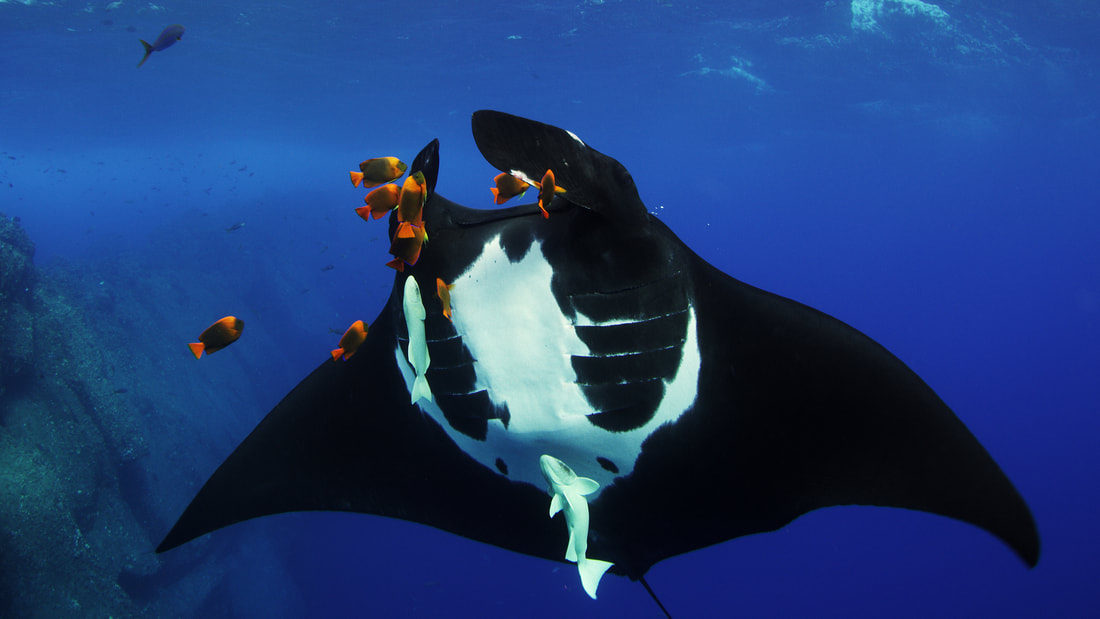|
Q: What inspired this story? Howard: This film was inspired by a lifelong love of marine wilderness and a fascination with marine animals behavior. Q: Describe some of the challenges faced while making this film/program? During the ten years spent gathering footage for this film, the environment changed dramatically. Some animals that were included in unfinished sequences completely disappeared. Q: What did you learn from your experience making this film/program? I learned that the concept of mutualism (symbiosis) can be extended to the relationship between marine animals and diving ecotourists. In many places, the only reason populations of some animals survive is because they are valued by sport divers. The economies of some island communities entirely depend upon the business brought by sport divers. Q: How do you approach storytelling? Promoting conservation is, of course, an extremely important goal of wildlife filmmakers. But there are many ways films can do that. We prefer to make films that depict the beauty of an environment thus creating an increased sense of value for audiences who will, then, be more inclined to act when they learn of specific threats to these wildlife ecosystems. Making paying audiences feel bad about human impact upon ecosystems can be counterproductive. Q: What impact do you hope this film/program will have? I hope this film makes people fall in love with marine creatures and ecosystems. We also hope the film helps demonstrate that the presence of sport divers is a valuable force for the protection of these systems. Q: Did the film team use any unusual techniques or unique imaging technology? Rebreathers were used by our crew to capture many of the animal behavior sequences and allowed our crew to spend hours at a time underwater with subjects. We also captured footage in the highest resolution possible at the time. At the beginning of production, we used 4K cameras. By the end of production, we were capturing in 8K. Q: What is your favorite shot and why?
My favorite shot is of a blue whale feeding underwater. I’ve had two opportunities to film this behavior during the last 30 years. The first was in 1989 which I captured it on 16mm film. I had to wait until 2015 for a second opportunity, which I captured in 5K. Q: What were some of the specific editing challenges you had to address? Color grading underwater images can be extremely challenging. In some cases, getting a good color balance was just impossible. Q: What were the biggest influences on how you approached writing this project? I wrote the first draft of the narration in the same style I have used in many of my earlier films. Our editor/writer, Mark Fletcher, suggested we try something different and wrote a narration that is much less pedantic and quite lyrical. Moving to this style of writing while still maintaining accurate information about the subjects was a challenge, but also seemed more effective for a feature film audience who may be less often exposed to natural history films.
0 Comments
Leave a Reply. |
Archives
March 2024
Categories
All
|
Contact UsJackson Wild
240 S. Glenwood, Suite 102 PO Box 3940 Jackson, WY 83001 307-200-3286 info@jacksonwild.org |




 RSS Feed
RSS Feed